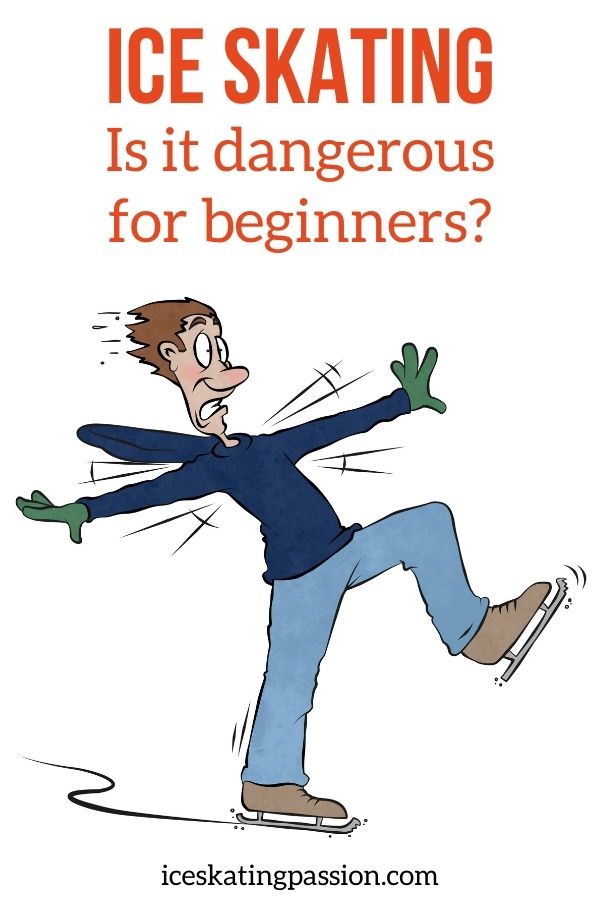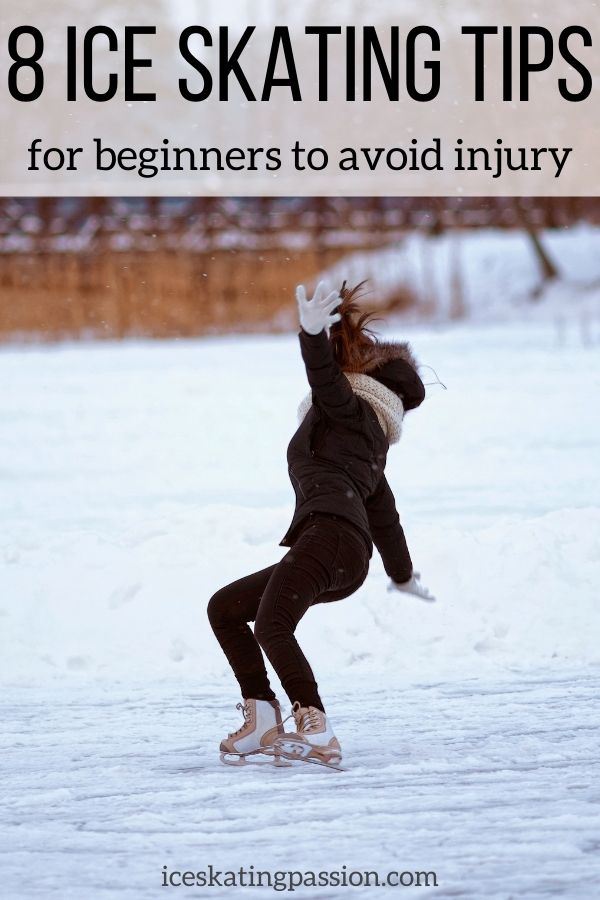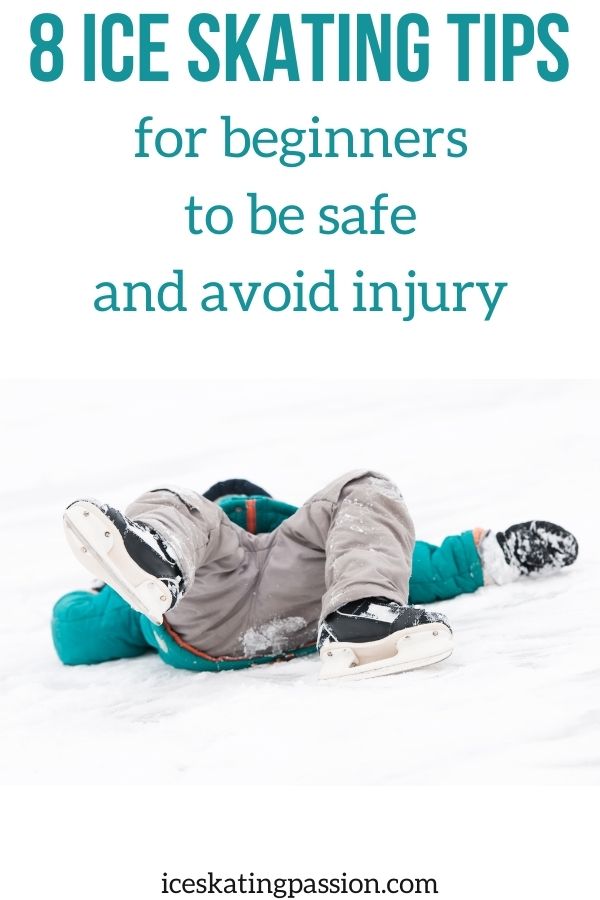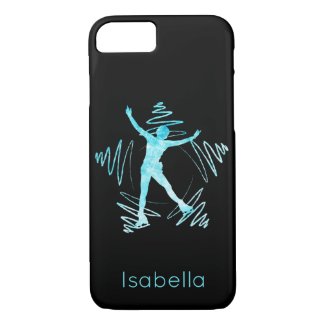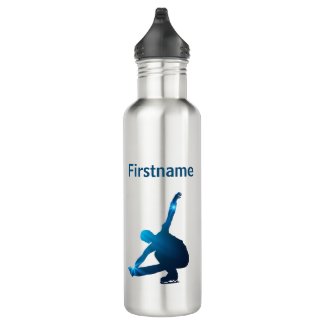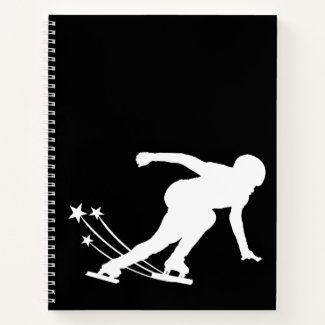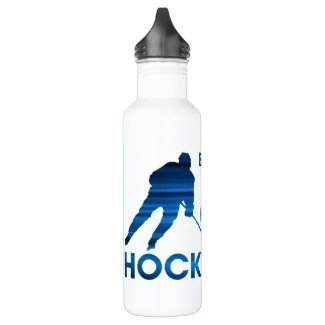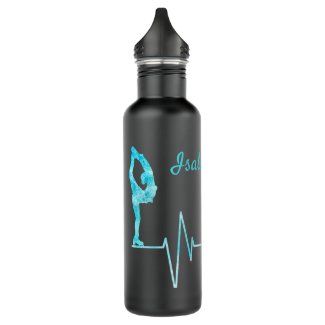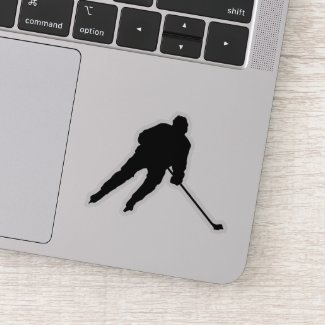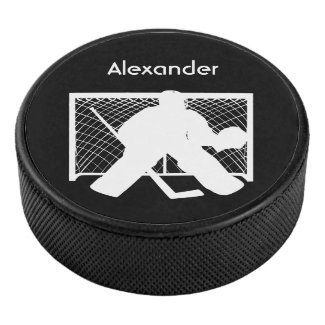Wondering if ice skating is dangerous? Looking for ice skating tips for beginners to avoid injury? I have gathered in this article all the basic information for you or your kid to stay safe while learning to stake. Focus on having fun!
This article may contain affiliate Links (info on the Disclosure page). If you purchase using my link, I get a commission at no extra cost to you.
Is ice skating Dangerous?
If you or your kids want to start ice skating, you may have some apprehension.
The idea of balancing on a slippery surface over a blade can lead you to wonder about safety.
This is normal. I will try answering your questions.
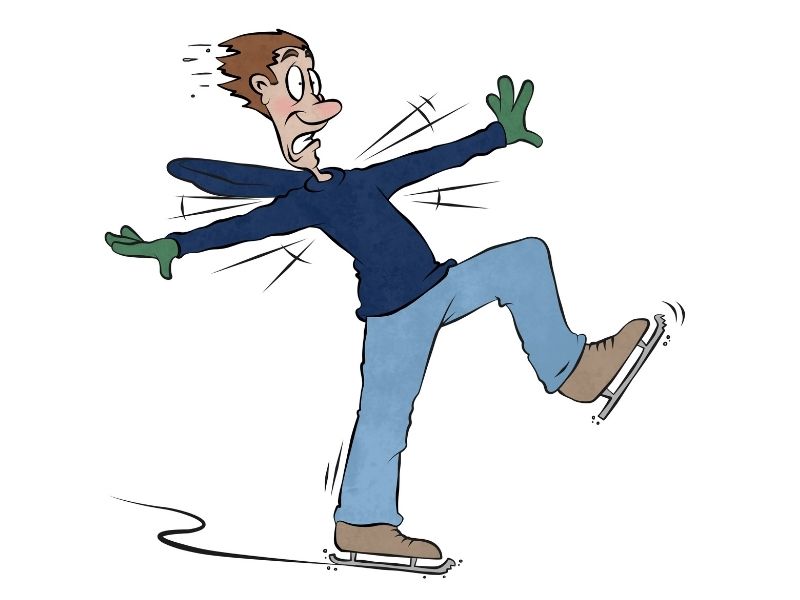
Is ice skating dangerous?
Ice skating (hockey, figure skating or speed skating) does carry risks:
Slippery ice
+ hard ice
+ balancing on narrow blades
= possible fall
= potential injury
However, at a beginner level, your speed is quite slow, you are not doing crazy acrobatics and not yet fighting to score. Therefore, even if injuries happen, the seriousness is normally low.
It is no more dangerous than doing rollerblading in the street and a lot less risk than skiing!
The highest risk of injury is a bruised ego due to falling...
Serious ice skating injuries mostly happen at high level:
- A missed landing after a jump
- A strong push by anther hockey player
- A missed step at high speed
Risk increases a lot as the skaters take more risks, speed, and height.

How sharp are ice skates? Can ice skates cut you?
Ice skating blades are not sharp like knives at all.
First, they are thicker than knives' blades.
Second, there is a curvature with 2 edges - see the picture below. Even with a small radius, those edges are quite small.
Therefore:
Yes, it can cut skins and tendons. Depth of the cut is impacted by speed and the force applied at the same time.
But there is very very little chance it would cut off a finger entirely. It would require a lot of force (weight of the person wearing the skate) with a really sharp blade over a tiny finger.

Most common ice skating injuries for beginners
How can you get injured as a beginner ice skater?
You may injure yourself in several ways.
- Simply by falling - Repeated falls can hurt. Ice skating requires balance and you may have difficulty finding it at first
- Collisions are another danger on a rink crowded with skaters. Collisions may occur with other skaters. Beginner skaters are often unable to stop fast.
- Entering the ice with your skate guards on - the plastic guards are essential to protect your blades off the ice but are fully slippery on the ice (don’t laugh, I have done it and ended up with a knee sprain – plastics does not hold on the ice…)
- You may be using a pond as a skating rink. If the ice is very thin, you are in danger. The ice may break suddenly.
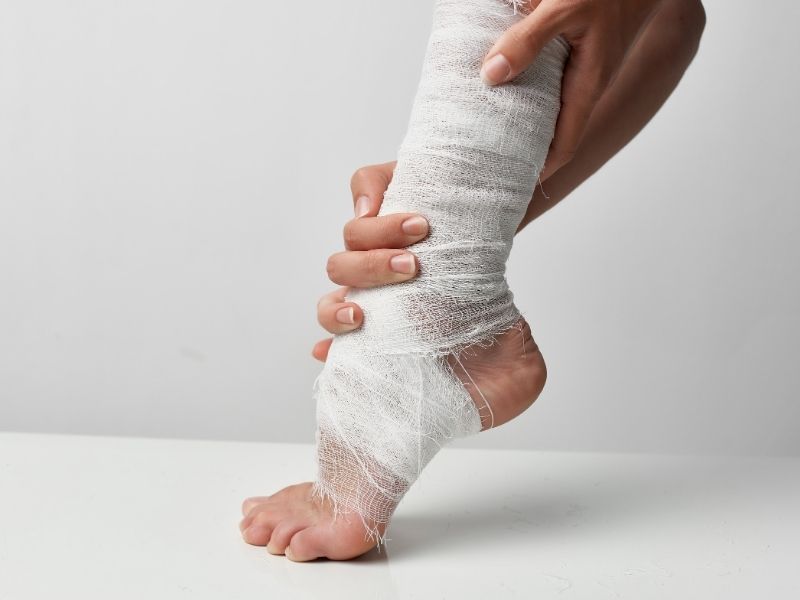
What are the most frequent injuries for ice skating beginners?
Do not let internet stories about skating injuries scare you away! They do not concern you. Most articles refer to injuries of athlete skaters doing stunts or participating in international games. For them the risks are higher.
As a beginner, you might face –
- Bruises are the most common injuries for ice skating beginners - at first, when trying to find balance, you fall a lot. And as written earlier, the ice is hard.
- Blisters on feet - the friction of the hard boot on the socks and feet often creates blisters
- Small cuts due to the sharpness of the blades - however no, it won't cut your finger (see section above) - wear gloves to avoid small cuts
- Sprains do happen – but less often - ankle and knee mainly, but depending on how you fall wrists and elbows as well
- More rarely fractures for beginner
- Head injuries (concussions or other head injuries) - rarely as well, but yes, the ice is hard
Similar injuries may occur during other sporting activities too - they are typical of basket, roller skating, tennis...
Find great gifts for yourself and your ice skating friends!
Essential ice skating tips for beginners to avoid injury
Safety tips #1 - State of Skates
Wearing a quality pair of skates is essential to ensure balance and avoid injury.
- Choice of skate for beginners
If you have chosen your sport, use the adapted skate.
However if you are just learning to ice skate, know that the figure skate are considered better for novices as they offer more balance.
- Figure skates display long blades with slight curves. They help in adjusting to extremely sharp curves easily. They also aid in distributing your weight evenly. In turn, you are more stable while skating, and hence maintaining your balance is easier.
- In contrast, field hockey skates display short blades that have greater curvatures. The aim is to help you make rapid turns. Such skates aid in quick stopping too. This way, you may avoid collisions.
Learn more about the differences in this article.
- Proper fit
Ensure that your skates fit your feet properly. Otherwise, you may find it difficult to balance.
You may even stress your muscles, ligaments and bones.
- Good conditions of the skates
You may rent or purchase your own skates, however the most important thing to keep in mind is – the skates should always be in good condition. Ensure you check:
- If the blade is sharp (learn more about sharpening)
- If the blade is fixed tightly and well
- If the boot is hard enough (sloppy boot that you can fold easily by hand means no support around your ankle).
Tips and reviews to choose you ice skates in these articles:
- my tips and reviews to choose the best skates for beginners adults and teens
- or my article about the best toddler ice skates
- or for little hockey players - the best hockey skates for kids
- or for little girls, the best girl ice skates
Safety tips #2 – Good lacing
Tight boots can prevent injuries to the ankles, therefore, always check the tightness. Skates should be:
- slightly loose above the feet (so that toes can wiggle)
- tight around the ankle for proper support
- Not too tight at the top to be able to bend forward your leg - Push your fingers into the space between the ankle and the tongue. Only two fingers should go into this space.
Learn more on my article on how to tie ice skates (for figure skates).
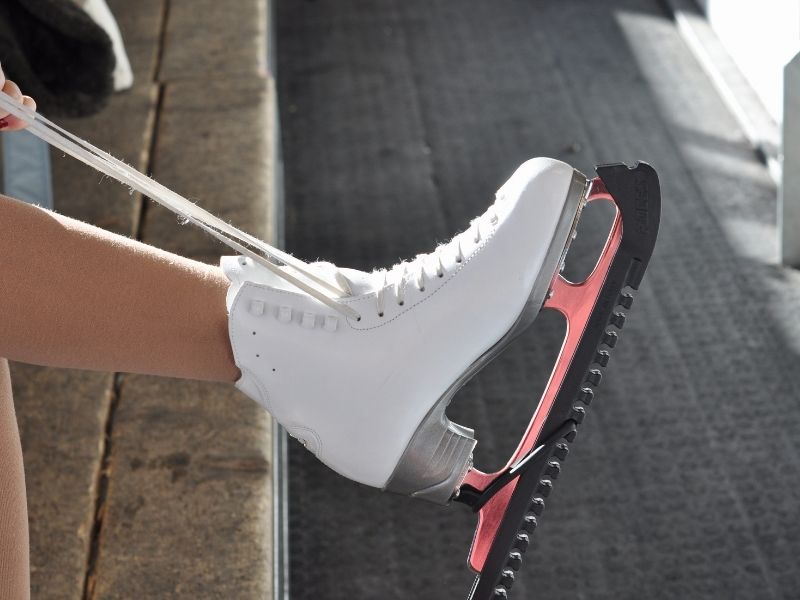
Safety tips #3 – Warm up
You should always warm-up.
It will help to loosen your muscles, tendons, and ligaments. They will react better to abrupt activities and small unbalanced events will not cause injuries.
Here are some warm-up exercises that you can try, to keep your muscles safe and cozy.
- Do ankle rotations prior to putting on your ice skates.
- Perform rotation exercise of the shoulders, hips and knees. The rotations must be in two sets. One promotes clockwise movements. The other is for anti-clockwise movements.
- Stretching exercises are also advisable. Perform them on your neck, shoulders, arms, back, thighs and calves. All the muscles and joints will become more flexible. In turn, movements are stronger and improved.
Safety tips #4 – Wear good socks
Let's be honest, your highest injury risk are blisters... Ice skates are really not comfortable!
To avoid blisters, make sure to choose proper socks. They must be:
- thin so that you can feel the pressure point under your feet and find balance
- without big seams (this is where friction increase)
- Reaching above your boot (again, the limit of the boot is where friction increases)
And make sure to wear warm clothes (but not bulky).
Safety tips #5 – Wear protective equipment
Essentials are gloves. They will be of use!
They can protect your hands against cut, but also against the cold of the ice as your hand may end up having a lot of contact with the ice.
Other protective equipment to consider when ice skating with a toddler includes:
- Helmet
- Protective gear for the wrists
- Pads over the elbows
- Pads over the knees
You can also consider padded shorts and padded gloves. Check out my article on the best figure skating protective gear.
Safety tips #6 - Hydrate
Ice skating causes sweating and loss of bodily fluids. Therefore, it is critical to hydrate before, during and after training sessions. Drink water before you even feel thirsty.
Just because it is cold does not mean you won’t need hydration. Ice skating is a demanding activity. Even if you are just a beginner and doing simple movements. It requires the use of many muscles (and muscles you are not used to activate a lot).
Make sure you drink water, not caffeinated products.
Safety tips #7 – Take lessons
The best way to stay safe is of course to take lessons so as to learn the proper techniques to keep your balance, to move forward, backward and to stop.
You will still fall at first, but you should learn control more quickly and thus be safer.
If you have opted for a public ice skating session – make sure children are removed when it is overcrowded or if you see reckless skaters.
Safety tips #8 – Learn to fall and get back up
First, the tips for when you fall (which are applicable for everywhere) - try to roll yourself into a ball:
- Try not to use your hands to break your fall.
- Try tucking your head, chin tucked into your chest
- Bend elbows and knees
- Try falling on the side
Once you are down, to get back up:
- Laugh it up
- Roll your fingers inside your hands
- Turn around to be on your knees
- Lift one leg, place the blade on the ice between your hands
- Push and lift the other leg
- but do not go all the way standing, keep your knees bent to regain your balance.
First time on the ice? Check out my article with ice skating beginner tips

What to do in case of injury?
If the injury occurs during a lesson, let the coach handle it. A certified coach has been trained to first aid.
Then, always ask a doctor's opinion.
I am not a doctor, so I won't give medical advice here 🙂
You might also be interested in:
